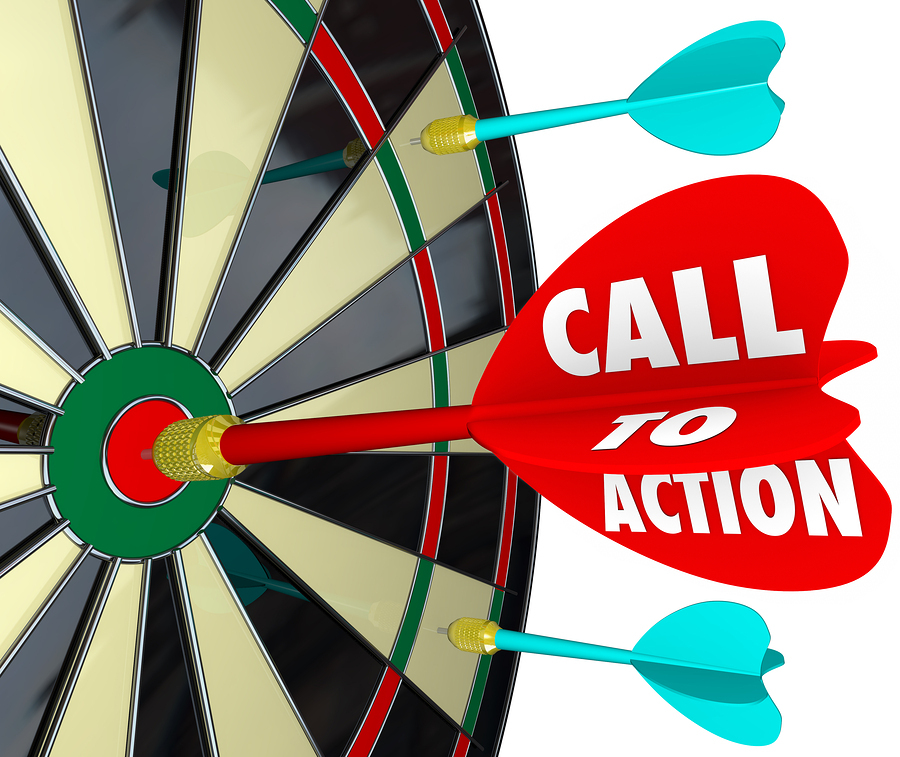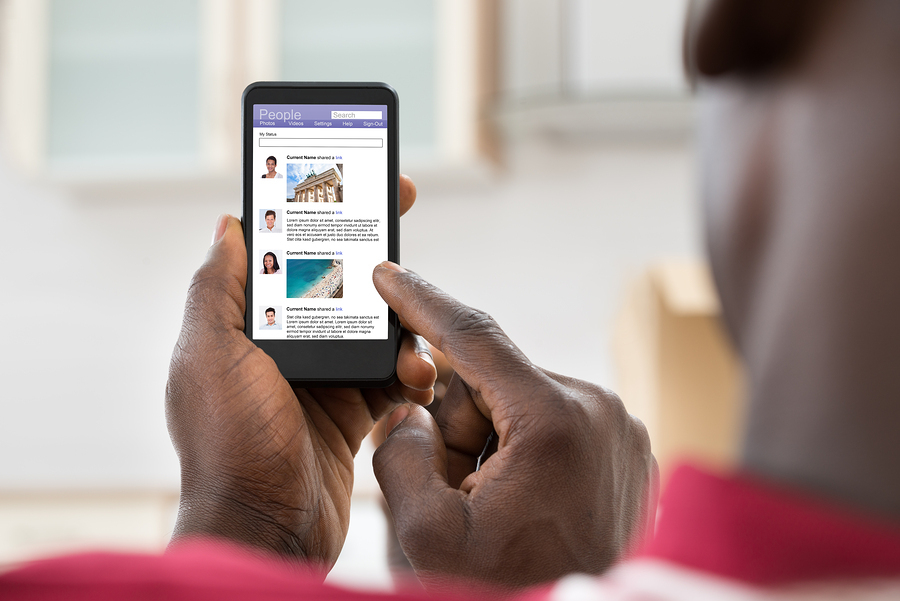2 simple ways to boost your inbound marketing strategy
So you're on board with the inbound marketing ethos and it's driving traffic to your site, but so far it hasn't led to higher conversion rates. ...
2 min read
Mark Parent
November 16, 2015 1:35:34 PM EST

An inbound marketing strategy requires several different elements to work together to lead customers to your products or services.
A landing page represents one of the most critical elements of any inbound marketing campaign.
In fact, a strong landing page can generate revenue on its own.

Today's consumers want as much information as they can get. They want to know specifications, they want to read testimonials, and they want to understand the benefits of investing in your product or service. A landing page gives you the space to provide all of that information without forcing the consumer to click through numerous pages on your site.
Not only do landing pages add detail and depth to your inbound marketing strategy, but they also save time for consumers. A click or two might not seem like much of a barrier to entry, but some people are so busy that, when faced with a wall of links, they'll visit someplace else.
Nothing generates buzz more effectively than a wait-and-see marketing campaign. Set up a landing page that counts down to your product launch. Give teasers and hints to whet the appetites of visitors, then add more information as the launch date draws closer. Use social media and your blog to funnel traffic to that landing page and to keep it on the minds of potential customers.
Think of this type of landing page as a teaser before the feature film at a movie theater. It builds suspense and intrigue, and consumers can visit it as often as they want to check out new information you release.
According to marketing expert and thought leader Neil Patel, Moz generated $1 million in revenue with a single landing page coupled with a non-aggressive email blast. Your inbound marketing strategy should incorporate landing pages if you want to increase conversions as well as overall revenue.
Patel goes on to say that every landing page includes several elements, including a purpose statement that explains the reason behind the page and a call to action that tells visitors what you want them to do next. You can get as creative as you like with your page as long as you think like a consumer.

Landing page analytics will help you understand your visitors more thoroughly.
Think of your landing page as an effective funnel. It draws traffic from multiple places -- your blog, your social media accounts, your home page, your emails -- into one convenient place. You can then use inbound marketing analytics tools to determine where visitors are coming from and other essential data.
When you have access to concentrated data about website visitors, you can tweak and tone your landing page until it's optimized for your target audience. Without that data, you're using guesswork to fuel your design and copy choices.
Developing an inbound marketing strategy requires an understanding of how your website and your market work together. To gain more insight into your strategy, download our eBook: The Ultimate Guide to Hiring an Inbound Marketing Agency.
Make sure to connect with us on LinkedIn to get valuable insight on the latest news in marketing and website design. Follow us here:

So you're on board with the inbound marketing ethos and it's driving traffic to your site, but so far it hasn't led to higher conversion rates. ...

Digital marketers use a huge variety of marketing tools to ensure the effectiveness of their campaigns. One of the more powerful of these tools is...

Content marketing is different from an inbound marketing strategy. The former simply means generating content. The latter encourages you to generate...